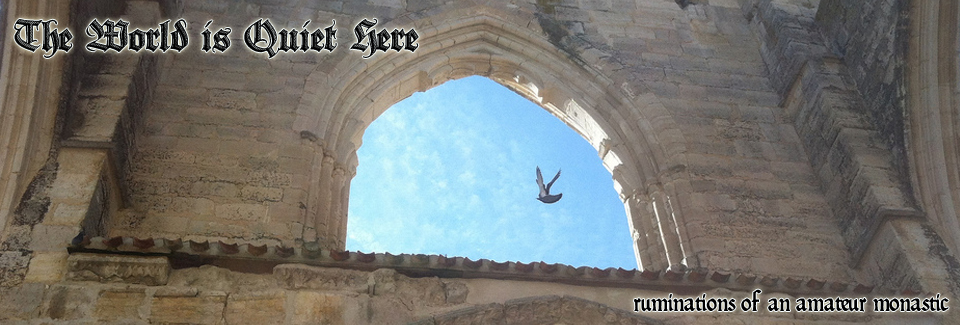The Feast of Saint James

Today is the Feast of Saint James the Greater, known throughout the Spanish-speaking world as Santiago and in French as Saint Jacques. He was one of Christ’s Twelve Apostles.
Saint James is the patron saint of the archdiocese of Seattle. May you have the joy of the feast!
James and his brother John were natives of Galilee, sons of the fisherman Zebedee and his wife Salome, whom the Eastern Christians name Myrrh-bearer.

They were disciples of John the Baptist, but the Baptist sent them to Jesus.
So fiery were these two brothers, Saints James and John, that Christ named them Boanerges – “Sons of Thunder” (Mark 3:17).
Along with Saint Peter, James and John made up Christ’s closest disciples. These three were with Him at many key moments in His ministry, including the Transfiguration (Matthew 17, Mark 9, Luke 9:28ff) and even to Gethsemane (Mark 14:33).
After the Crucifixion and Resurrection of Christ, Saint Luke tells us in the Acts of the Apostles how Herod had James killed with the sword (Acts 12:2) in 44 BC.
So much for history. Now for legend.
Legend has it that prior to his martyrdom, James embarked on a missionary journey to northwestern Hispania. It was not particularly successful, and the Medieval Golden Legend records that he only made nine disciples and ordained only four men.
In AD 40, in his despair and discouragement, he prayed for guidance on the banks of the Ebro River near the town of Caesaraugusta, modern day Zaragoza. There, the Blessed Virgin Mary appeared to him. Bi-locating from Jerusalem, she offered him encouragement and consolation.
After this, James returned to Jerusalem. The fiery-tempered Apostle ran afoul of King Herod, and he met his death. And at this point, the story takes an even stranger turn.
From the Golden Legend:
When the blessed Saint James was beheaded, his disciples took the body away by night for fear of the Jews, and brought it into a ship, and committed unto the will of our Lord the sepulchre of it, and went withal into the ship without sail or rudder. And by the conduct of the angel of our Lord they arrived in Galicia. …
And then the disciples of Saint James took out his body and laid it upon a great stone. And anon the stone received the body into it as it had been soft wax, and made to the body a stone as it were a sepulchre.


The site of the Saint’s tomb was rediscovered by the outside world in the early ninth century, and the first pilgrimages to Santiago de Compostella began shortly thereafter. Saint James became the patron of Christian Spain, and in his name the Islamic Moors were eventually driven out of the country.
Is the legend true? The Church has never ruled one way or the other. We don’t actually know if the bones in the tomb are those of the Apostle, but over more than a thousand years, many millions of pilgrims have come here to honour the memory and the sanctity of this man who was Christ’s Apostle.
Perhaps that is enough.
Francine and I walked much of this pilgrimage twice, first in the spring of 2013 and then again in 2016. In 2018, we walked a (somewhat abbreviated) Camino of only about 100 miles (160 km).
In 2022, we walked a route known as the Camino Primitivo, which is the route of the first known pilgrim to Santiago, King Alfonso II of Asturias.
And of course, last year I walked a thousand miles from Le Puy-en-Velay to Santiago de Compostela. Currently on our Camino blog, I’m posting a photo a day from that Camino.
Today might be a good day for a walk!


Almighty ever-living God,
who consecrated the first fruits of your Apostles
by the blood of Saint James,
grant, we pray,
that your Church may be strengthened
by his confession of faith
and constantly sustained by his protection.Through our Lord Jesus Christ, your Son,
who lives and reigns with you
in the unity of the Holy Spirit,
God, for ever and ever.Amen.
Saint James, pray for us.


Pingback: The Third Day of Christmas: Saint John the Divine – The World is Quiet Here